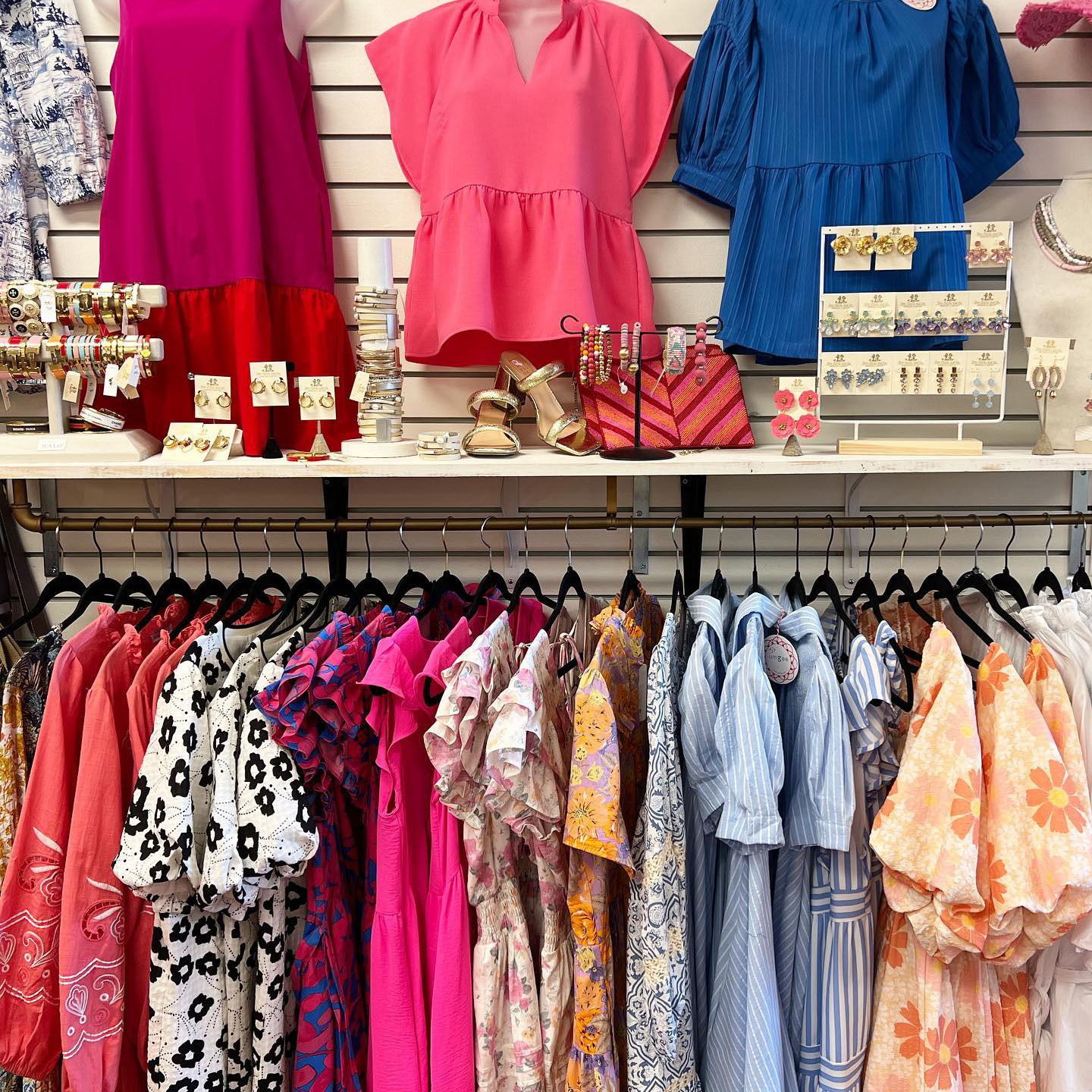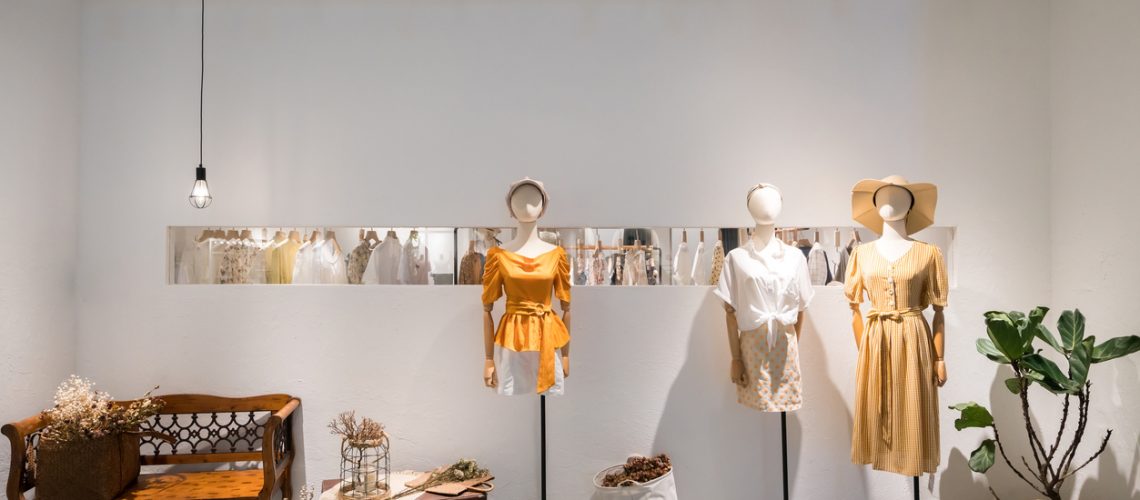The Rise of Online Buying: Searching For Boutique Fashion at Your Fingertips
The Rise of Online Buying: Searching For Boutique Fashion at Your Fingertips
Blog Article
Discovering the Evolution and Effect of Apparel on Modern Fashion Trends
The advancement of apparel has actually dramatically affected modern-day style patterns, merging historical criteria with sophisticated technologies. Legendary numbers like Coco Chanel and Yves Saint Laurent reinvented the fashion industry by presenting principles that prioritize comfort and accessibility, which proceed to reverberate today.
Historical Fashion Influencers
In the tapestry of style history, particular figures have actually left an indelible mark, forming the trends and designs that specify entire periods. Coco Chanel, an innovative developer, redefined women's style by introducing comfortable, elegant garments that left from restrictive bodices.
Elsa Schiaparelli is another critical number, renowned for her avant-garde styles that included surrealist art, working together with Salvador Dalí to develop whimsical pieces that tested standard looks. Her cutting-edge use shade and vibrant patterns reverberates in contemporary style. Yves Saint Laurent, at the same time, democratized haute couture with prêt-à-porter collections, bringing path designs to the masses and setting a precedent for contemporary ready-to-wear lines.
These dreamers, to name a few, not only reinvented style in their times yet also set withstanding fads that reverberate in today's fashion industry, offering a structure whereupon modern-day developers remain to innovate and develop. Their traditions emphasize the relevance of creativity and daring in fashion's ever-evolving narrative.
Technological Developments in vogue
In the middle of the vibrant landscape of the garment industry, technical improvements stand at the center of technology, improving just how developers develop and customers involve with style. The combination of 3D printing has changed layout procedures, making it possible for developers to explore intricate frameworks and sustainable materials that were formerly unthinkable. This innovation assists in fast prototyping, decreasing waste and speeding up production times.

Smart textiles, installing technology into textiles, are also changing the sector. Advancements like self-cleaning and temperature-regulating materials supply enhanced performance and convenience. Wearable technology, integrating attributes like fitness tracking and interaction, includes a new dimension to style, combining visual appeals with functionality.
Cultural Shifts and Style
As technical innovations remain to reshape the fashion industry, cultural shifts are equally prominent, redefining style and consumer preferences. In the last few years, the increase of social networks platforms has sped up the dissemination of worldwide fashion trends, allowing diverse social impacts to merge and exist side-by-side. This electronic interconnectivity has actually assisted in the fast exchange of ideas, resulting in a more eclectic and comprehensive interpretation of style that mirrors the complex nature of contemporary society.
Cultural awareness and admiration have actually triggered designers to draw ideas from a more comprehensive spectrum of ethnic and historical contexts, incorporating standard motifs with modern appearances. This blend has resulted in style that resonates with a wider target market, advertising a sense of identification and belonging across different demographics. In addition, the boosting demand for customization has driven brand names to use customizable options, allowing customers to reveal individuality while mirroring their cultural heritage.
Moreover, moving societal worths have influenced fashion, with inclusivity and variety becoming main themes. The sector has started to embrace designs and influencers of various body kinds, ethnicities, and sex identities, difficult conventional appeal standards. This improvement underscores the power of social changes in shaping the future of style, as design ends up being a more authentic expression of cumulative and personal identity.
Sustainability and Modern Layout
While the fashion market continues to progress, the critical for sustainability has actually come to be increasingly immediate, affecting modern-day layout techniques. The surge of slow-moving style, which highlights high quality over quantity, motivates consumers to invest in timeless items instead than short-term patterns.
Furthermore, modern-day style is characterized by its advancement in reducing waste and promoting circularity. This strategy not only mitigates have a peek at these guys ecological impact yet likewise boosts the social obligation of fashion homes.

Future Trends in vogue

Sustainability will certainly remain to be a driving go to this site pressure in shaping future fashion patterns. The industry is significantly embracing eco-friendly products and ethical manufacturing techniques, replying to a growing customer demand for liable methods. Innovations such as bio-fabricated products and closed-loop recycling systems are readied to redefine exactly how clothing is created and consumed, minimizing environmental effect while keeping style and top quality.
Cultural changes, consisting of the rise of inclusivity and variety, will likewise play a crucial function. As culture becomes much more mindful of social issues, style is anticipated to become a platform for expression and adjustment. Developers will likely focus on producing collections that mirror a broader variety of experiences and identities, championing depiction and access.
Conclusion
The development of apparel significantly affects contemporary style fads, where historical influences merge with contemporary styles. Trick numbers like Coco Chanel and Yves Saint Laurent have redefined style, while technological read more developments such as 3D printing and wise fabrics increase imaginative possibilities. Cultural shifts towards inclusivity and sustainability oblige brands to welcome and take on moral techniques variety. This recurring evolution underscores fashion's role as a mirror to social worths and technical advancement, recommending a future abundant with innovation and inclusivity.
The evolution of clothing has actually dramatically affected contemporary fashion fads, combining historical precedents with sophisticated technologies.In the middle of the dynamic landscape of the style sector, technological developments stand at the forefront of technology, improving just how developers create and customers involve with fashion.While the style market continues to advance, the critical for sustainability has become significantly urgent, affecting contemporary design techniques. As sustainability ends up being ingrained in contemporary design, it leads the way for an extra accountable and aware style industry.
The development of clothing dramatically impacts contemporary style patterns, where historic influences combine with contemporary styles.
Report this page